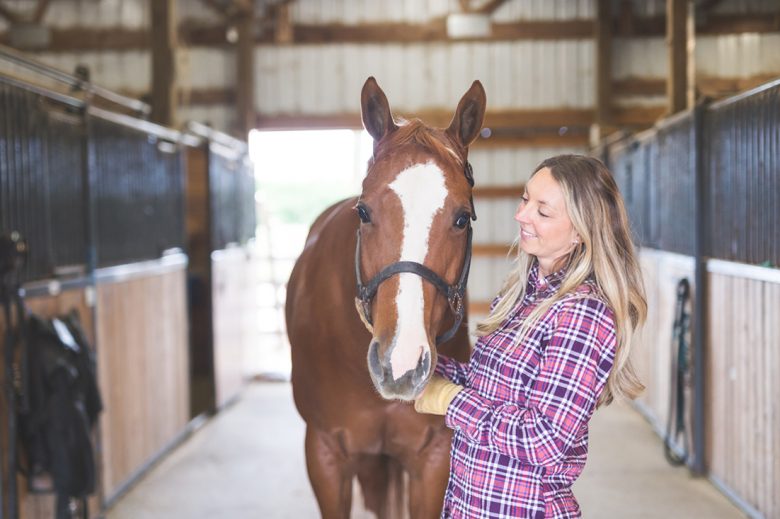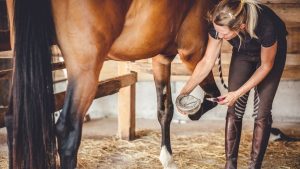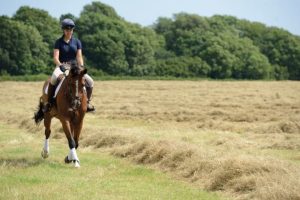Ensuring that your stable is organized and easy to use is important for your horse’s health, ease of daily tasks, and the overall success of your riding school. Whether you’re building a new shed or converting an old shed, careful planning can make a big difference. In this guide, we discuss important things to consider and tips to get the most out of your stable space.
1. Understand Your Needs:
Before you begin the planning process, it’s important to know exactly what you want and need. Consider how many horses you want to keep, what you will do (such as training, feeding, or stables), and any additional facilities you will need (such as tack rooms, feed storage, wash racks, etc.). During the planning process, your selection will be based on the initial assessment.
2. Select Location:
Choose a good location for your stable so you have easy access to supplies, emergency services, and normal business. Provide good drainage to prevent flooding and consider wind direction for maximum air movement. To prevent horses from becoming too stressed, stables should be located far from busy roads.
3. Barn Directions:
Place the shed where it receives natural light and wind from the west. Place the shed where it will receive the most sunlight. This is good for the horse’s health and saves money on lighting costs. Positioning the stable on the prevailing wind promotes natural ventilation, making the space more comfortable for both people and horses.
4. Stall Placement:
Stables should be created to facilitate the care of horses. Group stables based on how the horses interact, their age, or how the horses are used. Place cubicles along exterior walls to facilitate activities such as feeding, cleaning, and medical care. Make sure there is enough space between the stables so that horses do not collide with each other.
5. Paths and Aisles:
Make aisles wide and well-lit so that horses, tools, and people can move easily. The main aisles must be at least 3.5 meters wide and the secondary aisles may be slightly narrower. Adding non-slip flooring makes horses and the people who care for them safer.
6. Where to Place the Tack Room:
If possible, locate the tack room close to the main entrance so that it is easily accessible. This central location means you don’t have to walk back and forth as long to saddle and care for your horse. Make sure there is plenty of storage for saddles, bridles, and other items, and consider adding good ventilation to prevent mold.
7. Growing and Storage Areas:
To make daily feeding easier, place feeding and storage locations close to the tack room and stables. Make sure these areas have good air circulation and are free of insects. Store food and blankets in proper containers to maintain their quality. Make sure surfaces are easy to clean to prevent contamination.
8. Washing Racks and Cleaning Areas:
Washing racks and grooming areas should be located near doors or close to stalls for easy access. Including non-slip floors, drainage, and sufficient lighting. Install zip ties to ensure grooming and swimming safety, and make sure there is a place to store grooming tools.
9. Removal of Feces:
Think of a good way to dispose of poop to keep the environment clean and healthy. Store manure away from the stable, but close enough for easy access. You may consider composting or working with a local farmer to dispose of your manure.
10. Arena Placement:
Whether your riding area is indoors or outdoors, make sure you place it in a place that is protected from the elements. Consider wind direction, amount of sunlight, and ease of access. Ensuring that the arena has good drainage and foundation will make it a safe and relaxing place for horses and riders to ride.
11. In Case of Emergency:
Plan ways for cars and people to reach safe areas in an emergency. This includes ensuring that all parts of the stable are easily accessible for fire equipment. Make sure emergency doors are marked and let each employee know how to exit the building.
12. Thoughts on Extensions:
When planning the layout of your barn, take future growth into account. If you think your horse business can grow, plan to build more stables, warehouses, or buildings. If you want to expand your horse facilities in the future, planning will save you time and money.
Conclusion
All in all, making the most of your stable layout requires careful planning and consideration of many factors. By understanding your specific needs, using efficient design elements, and prioritizing your horse’s health, you can create a place that works for both people and horses. As your business grows, you will need to regularly review and change your stable plan to ensure it still meets the needs of your horses and keeps your riding school running more smoothly.
FAQs
1. Why is the structure of a stable important in the care of horses?
The way your stable is set up has a direct impact on your horse’s health and how quickly you can complete your daily tasks. A well-thought-out plan can make feeding, cleaning, and taking your pet to the vet easier, as well as making the area healthier and more comfortable.
2. How do I know how many rooms my stable needs?
Consider how many horses you want to keep and what their specific needs are. Horses are classified based on factors such as how they interact with others, their age, or their use. Having enough space between stalls keeps people from fighting, making the area safer and less stressful.
3. Does it matter which direction the stable faces?
When a stable is set up correctly, it lets in the most natural light and uses the wind for breathing. This makes the space more comfortable for the horse and reduces the need for additional lighting and air circulation.
4. How wide should the corridors in a stable be?
The main corridors must be at least 3.5 meters wide so that horses, tools, and people can move easily. Some service lanes may be narrower. Non-slip floors and sufficient lighting increase overall safety.
5. Why is it important that the tack room is in the right place?
Placing the tack room close to the front door will save you time on daily tasks such as cleaning and saddling. A tack room is located in the center of the barn, allowing easy access and efficient storage of saddles, bridles, and other tools.
6. What should be taken into account when planning feeding and storage locations?
Place storage and feeding areas for horses close to the tack room and stables so that they are easily accessible during feeding periods. To maintain the quality of feed and bedding, ensure adequate air circulation, prevent pests from entering, and store them in the correct containers.



